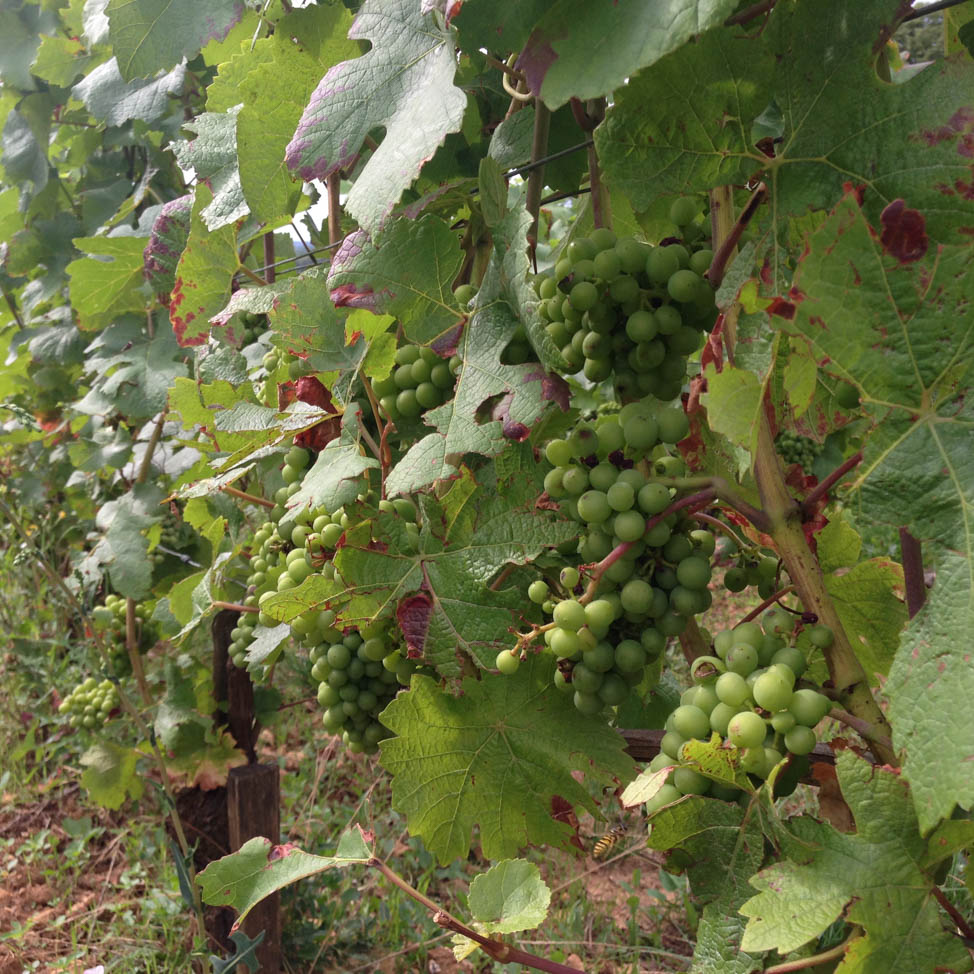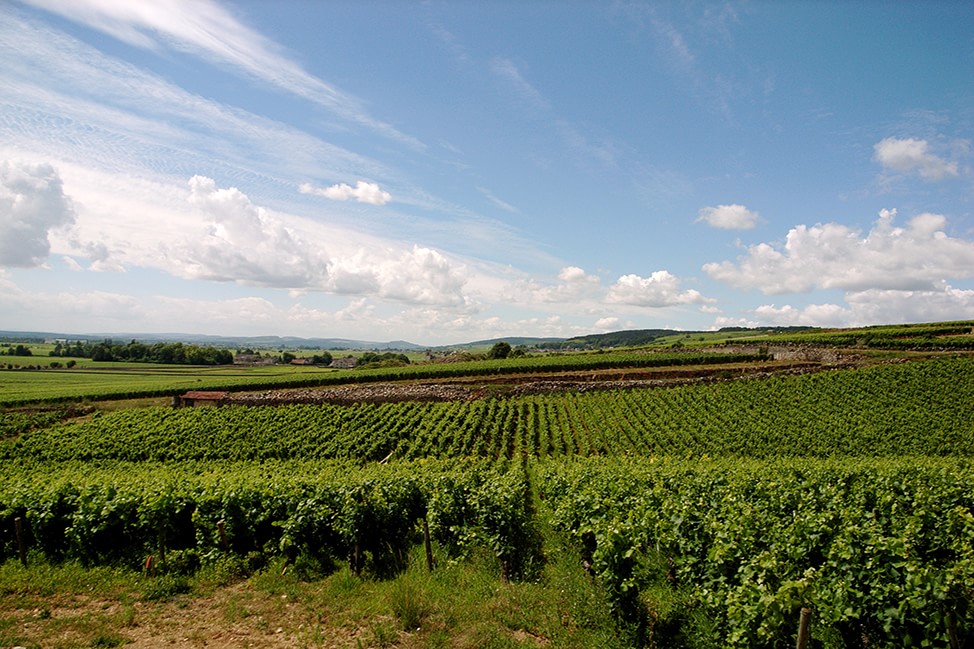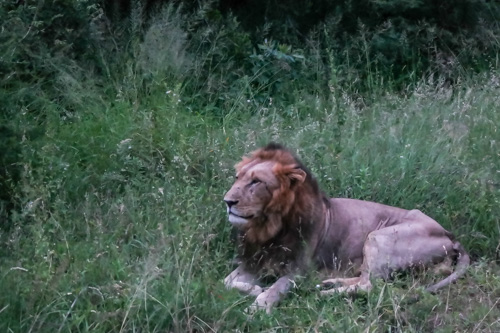We settled on a home base of Beaune,a small town in the middle of the Cote d’Or, the main artery of the wine region. We had an amazing weekend, full of great food, unbelievable wine and great company. The ultimate weekend getaway trifecta.First off, a quick breakdown of Burgundy, quite possibly the most difficult region to understand for beginners and quite a challenge to describe in one paragraph. Pinot Noir and Chardonnay.
These are the only two major grape varietals so if you see a red Burgundy, it is Pinot Noir and if you see a white, it is Chardonnay (there is a white called Aligote, but it is only about 5% of the total volume and the red grape Gamay is grown in the area of Beaujoulais, but lets not confuse the topic too much). So far, so good. Next are the four different classifications. Regional wines, which accounts for the bulk of the production, are grapes from the lower quality sites, are are labeled as Bourgogne. The next level is the Village.
Burgundy is renowned for its unique blend of soil types, so there are a lot of different villages within the Cote D’or with unique terrior so each village has their own designation. At this level, you will only see the name of the village on the label. Here, the grapes in the wine must be entirely from that village. If you picked grapes from Fixin and Beaune and blended them, you could not make a Village level wine, it must simply be called Bourgogne.
The next level is Premier Cru, which are grapes sourced from higher quality sites along the slope. Here is where it becomes more difficult. At this level, you not only focus on the village, but from a certain site within that village. You may see a red Burgundy labeled as Pommard Rugiens 1er Cru. This means that the wine is made entirely of grapes from the Premier Cru Rugiens plot within the village of Pommard. What is amazing is that there literally hundreds of registered sites, though only a few in each village are of premier cru status or better.
The top level, accounting for about 2% of the total production, is Grand Cru. These are the absolute best sites, usually alone the mid-point of the slope with the best soil. Labeling wise, things get slightly more confusing. The name of the village is typically dropped and the Grand Cru site itself gets the main focus, though the words Grand Cru are always included somewhere on the front of the label. So the label might read just Corton Grand Cru, which is the Grand Cru site within Aloxe Corton, though the village name usually does not appear.
More confusing yet is that for marketing purposes, villages combined their names with the names of their Grand Cru sites to help promote the wines. For example, Aloxe added the Grand Cru site Corton, so now the village is known as Aloxe Corton. Same for Chambolle Musigny, where Le Musigny is the Grand Cru site. I know confusing. Hopefully that helps a little. Back to our weekend.
Oddly enough, our adventure actually started in Geneva, Switzerland, not Burgundy. We met our friends at the Geneva Airport after we landed to begin our drive from Geneva to Beaune. While that may sound like a trek, I can assure you it was not. Geneva is on the border of France, a short two hour drive from Beaune. Our friends were in Switzerland on business, so it was easy to meet up in Geneva. Plus, it was the closest cheap airport for exploring Burgundy, not to mention a short 75 minute flight from London.
We rented a two bedroom flat in the medieval heart of Beaune, which was cheaper and way more fun than getting two adjoining hotel rooms. We had a huge kitchen and nice sized living room to relax and drink Burgundy. Win, win. The flat was also a short walk from Domaine Bouchard, the site of our first winery tour that we hit within about fifteen minutes of arriving in Beaune. Bouchard is one of the largest producers in Burgundy, but their spread in the village is quite impressive.
They took over the original Beaune castle years ago, converting it into their headquarters and their wine cave. Over two million bottles of wine are stored in underground cellars, all located below the bustling streets of Beaune. The family that still owns the Domaine also has a rather large home on the property, for, you know, weekend visits. Lucky bastards.

We had three private tastings arranged throughout the day, starting with Chateau de Corton Andre in Aloxe Corton, followed by Domaine Daniel Rion in Nuit St. George than finishing up with Domaine d’Ardhuy just north of Beaune. Our tastings were all spectacular, and we maintained our sobriety by spitting most of the wine, preventing a foggy morning the next day. But let’s be honest, some of the wine is too spectacular to spit.
We had a Corton Charlemagne Grand Cru from Chateau de Corton Andre that was out of this world, a Chardonnay with buckets of character. Great acidity and body, but with a complex nutty, almost orange marmalade aroma that was a game changer for this professed Chardonnay hater.The best part of the day though was Colette herself and her knowledge of the region. She talked for eight hours straight and gave us the whole history of the region and why it makes such amazing (and amazingly expensive) wine.
We saw vineyard sites like Romanee Conti that produce wines that start at $10,000 per bottle from the current vintage. We toured most of the northern part of the Cote d’Or, heading all the way north to the village of Fixin, for a spectacular lunch at Clos de Napoleon, sitting on an outside patio next to a vineyard. There, we actually drank some wine (more Chablis as well as some Pinot Noir from a Volnay Premier Cru site) with delicious pork shoulder terrine and andouette, basically a classic rustic Burgundian dish of a sausage made from tripe and wrapped in puff pastry with mustard. Not light, and certainly not for everyone, but man was it good.
The biggest takeaway of the day for me was the unique wine culture of Burgundy. While places like Bordeaux and Napa Valley are all about flash, glamour and over the top Chateaus, Burgundy wine makers are farmers first. You would not see the owners of big name Napa Valley wineries working the vineyards themselves by hand. The large Chateaus in Bordeaux are treated more like an investment for large corporations or deep pocketed Chinese buyers. Burgundy is different.
Even the most expensive domaines have understated facilities. Domaine de la Romanee Conti’s (makers of the $10,000 bottles) main building was in the heart of the village of Vosne Romanee, with no sign and nothing ornate screaming, ‘give us your money!’ You could drive right past and have no idea what incredible wine was made behind those doors. While many winemakers do make a good fortune off their wine, you are more likely to see the winemaker on a tractor than in a Ferrari.
At the beginning of our wine tour, we drove past a man mowing the small patch of grass that ran between edge of the road and the vines. Colette waved and said that he was the owner of the winery we had just passed. He had passed the reigns to his son, who was now the head winemaker, but he still came out every Saturday and mowed the grass. Remarkable.
Of course, due to the bizarre French inheritance laws, Burgundy has an interesting ownership dynamic too. If a set of parents owned 9 acres of vines and had three children, each child is required by law to share the property as part of their inheritance, so each child would get 3 acres, regardless of their interest in winemaking. Then if each child got married and had three children, those children would each get 1 acre with their inheritance.
Obviously, you can see how this would complicate the situation within a few generations. This has resulted in families owning small plots of land, often spread all across the region. Colette pointed out a site in Nuit St George that was approximately 100 acres. Those 100 acres where owned by 85 different families, with no discernible markers between rows. Families just knew that someone had the first five rows, than another family has three rows and someone else may have the next six. A truly unique set up to say the least.
Burgundy certainly lived up to my expectations and if anything, exceeded them. The wine was delicious, but being able to stand in a vineyard and see the plot of land that produced they wine you are tasting makes a big difference in truly understanding a wine. Colette was an fantastic guide and provided such a great sense of history of the region while allowing us to sample some fantastic wines and have some great food.
Beaune was a perfect home base for the exploration of the region, due to its central location. It was also large enough to have a variety of restaurants within a short walk and numerous patisseries to run out and grab croissants and pain au chocolate in the early morning. The market on Saturday in Beaune was amazing as well, with dozens of fruit, vegetable, meat and cheese suppliers set up, selling the best French products, including the famous Bresse Chicken (over $30 per bird) and summer Burgundy truffles. If you want to visit a food and wine paradise, there are few better places than Burgundy.












